The Turks and Caicos Islands is a British Overseas Territory.
It’s located between the Bahamas and the Dominican Republic and is part of the Lucayan Archipelago.
Tourism is the mainstay of the economy, with no other significant economic sectors.
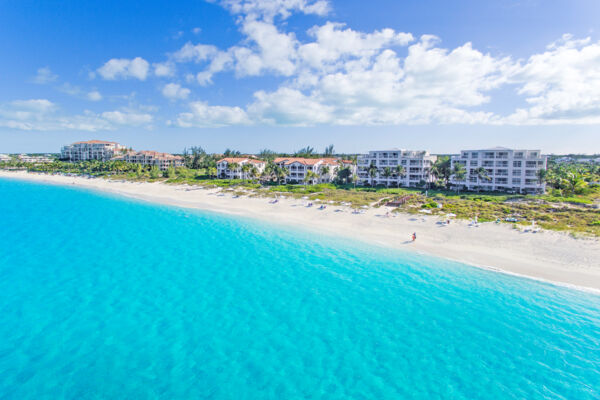
The Turks and Caicos Islands were originally inhabited by the Lucayan people (part of the broader Taino people). The islands were first discovered by Europeans in either 1492 by Christopher Columbus, or in 1512 by Ponce de Leon (there isn’t a consensus among historians).
After the arrival of Europeans, the native Lucayan people rapidly disappeared from the islands, largely due to slavery and disease (imported from Europe).
From the mid-1500s until the early 1600s, the islands were largely uninhabited, save for the occasional visit by explorers and salt gatherers.
In the late 1600s, piracy became an issue, as the islands were used as a base by pirates. This was due to the source of freshwater, and the countless cays to lay in wait and prey on passing ships.
Starting in the late 1600s the islands were regularly visited by Bermudians to rake salt, which started the organized sea salt industry. For the next 350 years, salt exports would be the main source of income for the islands.
After the American War of Independence, some displaced British Loyalists were granted land and migrated to the islands, bringing their slaves and establishing plantations of cotton, sisal, and other crops. The cotton industry failed largely due to disease (and hurricane damage).
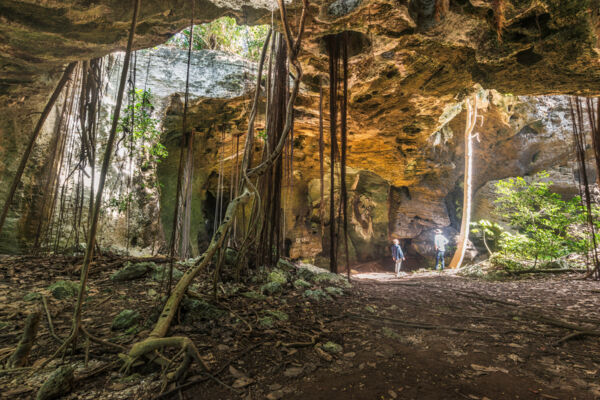
In the mid-1800s, the islands saw an influx of new African peoples, with a different heritage from slaves brought by Bermudians in the late 1600s. The Spanish slave ships Trouvadore and Esperanza also wrecked near East Caicos, and some of the survivors were freed in the islands.
In the 1950s, the United States built Navy, Air Force, and Coast Guard bases in the TCI, which brought much-need income and employment to the people of the islands.
Until 1962, Turks and Caicos was a dependency of Jamaica, however, with Jamaican independence, Turks and Caicos became a Crown Colony (although the Governor of the Bahamas oversaw the territory’s affairs as the TCI did not have their own governor).
With Bahamian independence in 1973, the Turks and Caicos received their own Governor, and in 2002, the islands were re-styled as a British Overseas Territory.
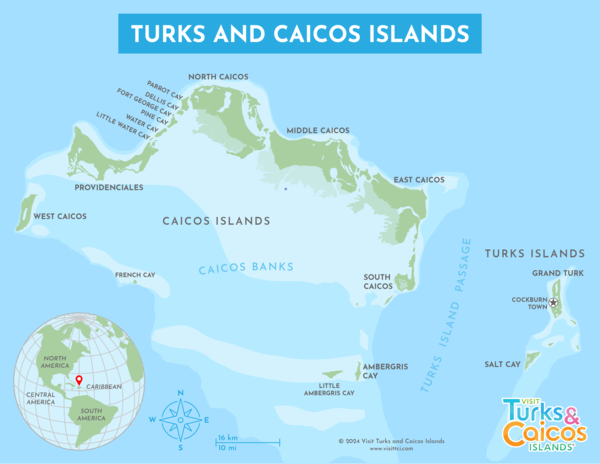
Key Facts
Capital: Cockburn Town on Grand Turk
Area: 948 km2 (366 sq mi)
Population: 46,131 (2021 estimate)
Currency: U.S. Dollar
Language: English
Government and Leaders
The Head of State in the Turks and Caicos is King Charles III and is represented locally by an appointed governor. As there is internal self-governance, there is also a locally elected premier.
Name and Form of Country
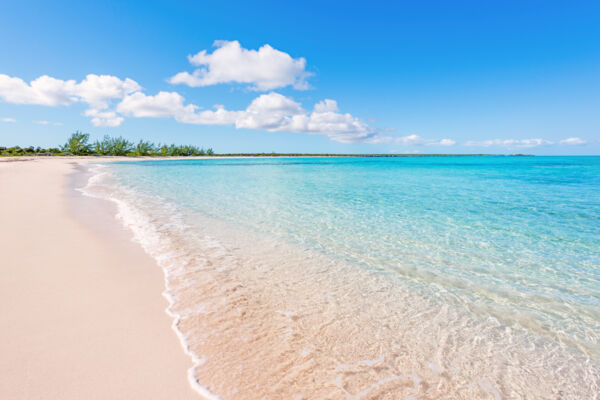
The short form name of the country is ‘Turks and Caicos’, and the long form is ‘Turks and Caicos Islands’. There is no prefix such as ‘Commonwealth’ or ‘Territory’. TCI is often used as a shorthand for the country.
When used in the short form, singular verbs should be used (‘The Turks and Caicos is a country...’).
When used in the long form, plural verbs should be used (‘The Turks and Caicos Islands are home to many unique...’).
Do not refer to the country as ‘Turks’.
Pronunciation
'Caicos' is pronounced ‘k-coas' (as in coastal). It’s not ‘cos' as in cost. The IPA pronunciation is tɜrks and keɪkəs.
Providenciales, the main tourist island, is pronounced ‘prov-ah-den-c-a-leez’. There’s no ‘ch' sound in the name.
Key Points to Understand
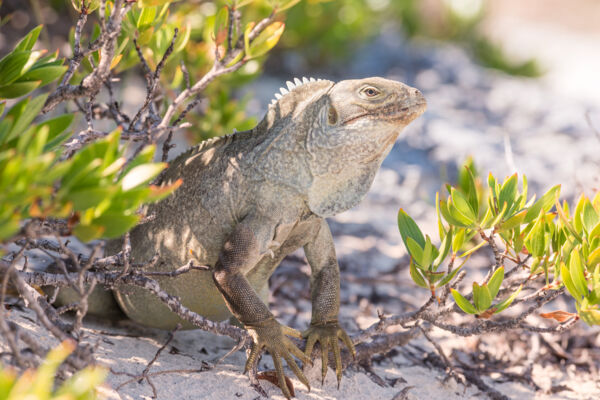
Terms
British English is the variant of English used. Place names use British English spellings (such as Mudjin Harbour, Cockburn Harbour, etc).
The demonym is ‘Turks and Caicos Islander’, which is frequently shortened to ‘Turks Islander’ (this includes persons from the Caicos Islands as well).
Islands
Providenciales is the main tourism island and is home to Grace Bay Beach and most of the country’s development and infrastructure.
Grand Turk is the nation’s capital and is home to the Grand Turk Cruise Center (the only cruise port in the country).
There are some privately-owned islands, such as Pine Cay, Parrot Cay, and Ambergris Cay.
Citizenship/Nationality vs Belongership/Turks and Caicos Islander Status
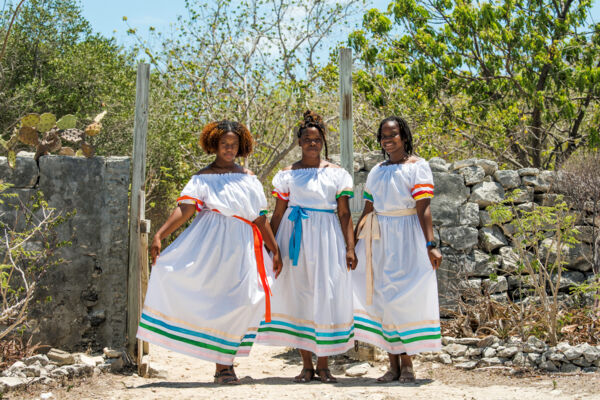
As the Turks and Caicos is not a sovereign nation, it cannot issue passports. Instead, persons are issued British Overseas Territory Citizen Passports. These have ‘British Passport – Turks and Caicos Islands’ on the cover. This is a person’s nationality/citizenship.
Separately, there is a locally conferred status (by the locally elected Government) called ‘Turks and Caicos Islander Status’. This was previously titled Belongership, and persons holding this status were called Belongers (a name that is still common today).
Turks and Caicos Islander Status is required for many things in the country, and is akin to citizenship in other countries. Having TCI Status is required to vote, hold public office, operate many types of business, drive public service vehicles, and many other things.
Not A Colony
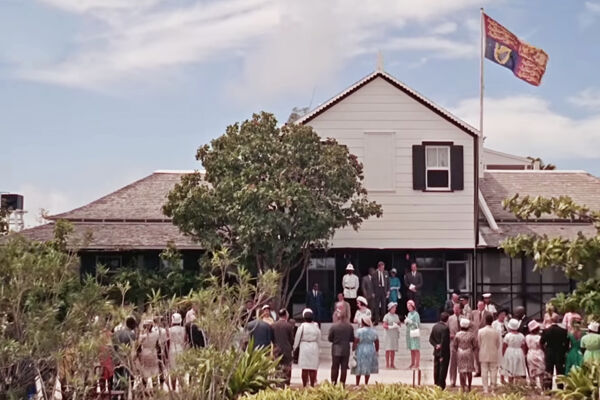
The country is not a colony in the traditional sense of the word. Persons from the United Kingdom are not entitled to reside in the Turks and Caicos, and British Citizens are treated as any other nationality in immigration law. People of the islands hold a different nationality (British Overseas Territories Citizenship), alongside being British Citizens. Thus, movement is one-way (people from Turks and Caicos can live and work in the United Kingdom, but not vice-versa).
People in the Turks and Caicos (and the Government) do not pay any UK taxes or any sort of payments or contributions to the UK.
Voting Population
Less than 1 in 5 people are registered to vote in the Turks and Caicos. This low number is due to the ineligibility of the majority of the population (as they do not hold the locally conferred Turks and Caicos Islander Status).
In the 2021 General Election, there were a total of 8,581 registered voters, out of a total estimated population of 46,131 (2021 Statistics Department estimate), putting the registered electorate at 18.6% of the population, and a much smaller number are eligible to vote in political party nominations.
For example, for the 2021 General Elections, Premier Hon. Charles Washington Misick was nominated by less than 0.25% of the population, and less than 8% of the population voted for him.
Timeline of Key Events
-
500-700 AD
The first known inhabitants of what is now the Turks and Caicos arrive in the islands, likely via Hispaniola. These were a Taino language people, often referred to as the Island Arawak, Lucayan Taino, or simply the Lucayan people.
-
900
The larger known Lucayan settlement sites have been built, and somewhat consistent trade routes in the region have been established by the Lucayans. Salt, dried conch, and beads from the islands would have been exchanged for honey, stone tools, canoes, fruit, and more from primarily Hispaniola.
-
1492
Christopher Columbus may have made first landfall in the New World in the Turks and Caicos on Grand Turk.
-
1512
Spanish explorer Ponce de Leon stopped in the islands, likely on Grand Turk, on his way to Bimini. If Columbus did not make first landfall in the Turks and Caicos, Ponce de Leon may have been the first European arrival. He named the island he landed on Isla del Viejo, which roughly translates to Islands of the Old Man, after the lone old Lucayan man he saw.
-
1515
An unidentified Spanish caravel sailing ship wrecked on Molasses Reef near West Caicos in the Caicos Islands. This wreck became known as the Molasses Reef Shipwreck, and is the oldest excavated European shipwreck in the Americas.
-
1515-1530
The Lucayan populations rapidly decline, leading to the islands being essentially uninhabited. Radiocarbon dating of samples from Lucayan settlement sites assign ages no later than the very early 1600s, which is consistent with the complete disappearance of the Lucayans by the 1530s or 1540s.
-
1530-1720
The islands remain largely uninhabited. Pirates and buccaneers occasionally operate from the islands, perhaps as late as the mid-1700s, at which point the western side of the Caicos Islands was likely the epicenter of their presence. Pirates continue to occasionally make incursions into the islands until the early 1800s. The Turks and Caicos received a variant of its current name in the early 1500s, which roughly translates to ‘Pirate Islands’.
-
1563.
English explorer Captain John White visited West Caicos while on his way to the colony of Virginia. Some of his famous sketches from the period are very reminiscent of what he would have been likely to have seen on West Caicos, including an iguana, a flamingo, a land crab, and the Caribbean scorpion.
-
1660s
Bermudian ship ‘wreckers’ begin spending time in the islands salvaging shipwrecks and collecting salt from natural salt ponds. In the latter 1600s, the Bermudians have begun establishing settlements on Grand Turk and Salt Cay for the purpose of sea salt collection and export.
-
1750s
Bermudans have established permanent settlement, and begin development of the large-scale sea salt salinas. Slaves and indentured servants are brought to the islands to work the salinas.
-
1753-1783
The French conduct various invasions and incursions, at various times holding Sand Cay, Grand Turk, Salt Cay, and Grand Caicos (Middle Caicos), which during the period likely referred to Providenciales, South Caicos, and all islands between them. Later, Grand Caicos was a term used for Middle Caicos. At one point, Bermudians present in the islands are evicted to Haiti. Horatio Nelson tries unsuccessfully to capture Grand Turk in 1873. Islands are officially restored to Britain by France under the 1783 the Treaty of Versailles.
-
1764
Britain officially claims ownership of the Turks and Caicos Islands. The islands are ruled as part of Jamaica.
-
1790s
After the American War of Independence, Loyalists were provided grants in the Caicos Islands by the British Crown to reimburse them for land lost in what became the United States. Loyalists built cotton plantations in the Caicos Islands, and brought African slaves.
-
1799
Britain decides to rule the Turks and Caicos through their territory of the Bahamas. This makes many of the Bermudian-origin residents unhappy.
-
1834
The British Empire enacted the Slavery Abolition Act, leading to the emancipation of slaves throughout the British Empire, which included the Turks and Caicos.
-
1841
The Spanish slave ship Trouvadore wrecked on the north coast of East Caicos. 192 slaves survive, many of which settled on Middle Caicos.
-
1852
The Grand Turk Lighthouse is assembled on Grand Turk. The sinking of the R.M.S Medina, which was the first British Royal Mail Service ship to be lost at sea, was the catalyst for the commissioning of the lighthouse.
-
1866
What is commonly known as the Great Nassau Hurricane struck the Turks and Caicos in September, and was perhaps the most destructive storm recorded in the islands. At least 50 people were killed, the salt and agricultural industries were devastated, and 1.4 million bushels of collected sea salt were lost.
-
1874
The Turks and Caicos Islands become a dependency of Jamaica, which was part of the British Empire at the time, as the islands were unable to maintain their own independent government.
-
1870-1920
In the Caicos Islands, attempts are made to expand beyond cotton planting. The sisal, guano mining, sponging, whaling, and seafood export industries were begun, and were met with limited success.
-
1898
The Turks and Caicos receives its first international telegraph connection, which connected Grand Turk to the rest of the world via Bermuda.
-
Early 1900s
Grace Bay Beach received its name, after Grace Jane Hutchings, wife of Hugh Houston Hutchings, who was Commissioner of the Turks and Caicos at the time.
-
1950s
Due to the decline of the sea salt and sisal industries in the Turks and Caicos, many people in the Turks and Caicos emigrated to the Bahamas, primarily to Freeport.
-
1952-1954
The United States built two military bases on Grand Turk. NAVFAC 104 was a US Navy base on the north end of the island and conducted underwater sound monitoring of submarines and ships. South Base was a US Air Force base that primarily conducted missile tracking. Both sites were important during the Cuban Missile Crisis and the early days of the Space Race. The runway of South Base later became the Grand Turk JAGS McCartney International Airport (GDT).
-
1959
The United States builds a US Coast Guard station on South Caicos and an airport. This station was part of the LORAN-A radio navigation system. The site closed in 1980, as technology evolved and fewer stations were required. The airport became the South Caicos Airport (XSC).
-
1960
Hurricane Donna strikes the Turks and Caicos. The Caicos Islands are particularly devastated. Extensive flooding occurred on North Caicos, and the community of Whitby was flooded for months. The entirety of Half Moon Bay was washed out, and a full 3000-foot (900 m) channel was created between Little Water Cay and Water Cay.
-
1962
After Jamaican Independence from the UK in 1962, the Turks and Caicos decides to remain a British Crown Colony.
-
1962
John Glenn, the first American to orbit the earth, splashes down near Grand Turk in the Friendship 7 space capsule, and makes first landfall on the island. A month later Scott Carpenter landed near the country in the Aurora 7 capsule, and also made first landfall on Grand Turk.
-
1966
Queen Elizabeth II visited Grand Turk and South Caicos on the royal yacht HMS Royal Britannia.
-
1966
Provident Limited began operations in The Turks and Caicos, and the development of Providenciales as a tourism destination began.
-
1968
The first airport on Providenciales, Oxford Airstrip, opens. This was an international airport and was located to the north of the current Providenciales International Airport (PLS) in the central Kew Town area.
-
1970
The Third Turtle Inn opened in Turtle Cove, and was the first hotel on Providenciales.
-
1975
The last shipment of salt is made from Salt Cay, and the industry comes to an end.
-
1976
The first parliamentary election was held under a party system. The Peoples Democratic Party (PDM) led by James Alexander George Smith (JAGS) McCartney wins a majority.
-
1980
JAGS McCartney, the Island’s first elected Chief Minister, was killed in a plane crash.
-
1983
The status of the Turks and Caicos changes from being a Crown Colony to a British Dependent Territory.
-
1984
Club Med Turkoise opens, which was the first Grace Bay Beach resort, the first all-inclusive, and the first of the large resorts.
-
1986-1988
Constitutional government in the Turks and Caicos was suspended by the United Kingdom following the arrest of the Chief Minister in the United States for drug trafficking charges and allegations of corruption and government involvement with drug trafficking. A commission of inquiry takes place.
-
1992
On December 18, 1992, American Airlines begins regular and weekly flights to the Turks and Caicos, paving the way for the island to become the tourism destination it is today.
-
2002
The United Kingdom changes the status of the Turks and Caicos Islands from British Dependent Territory to a British Overseas Territory. Islanders born in the country gained full British citizenship.
-
2006
The Grand Turk Cruise Center opens on Grand Turk, and the first cruise ships to the Turks and Caicos begin arriving.
-
2007
Hurricane Ike strikes the Turks and Caicos, and causes significant damage on Grand Turk, Salt Cay, and South Caicos. The just completed The North and Middle Caicos Causeway was heavily damaged.
-
2009
On 18 August 2009, the United Kingdom suspended the elected government of the Turks and Caicos over allegations of widespread and systemic corruption. The United Kingdom conducted direct rule of the Turks and Caicos until 2012.
-
2017
Within days of each other, Hurricane Irma and Hurricane Maria strike the Turks and Caicos, and cause extensive damage.